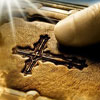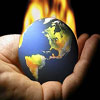Spirit Of The Earth
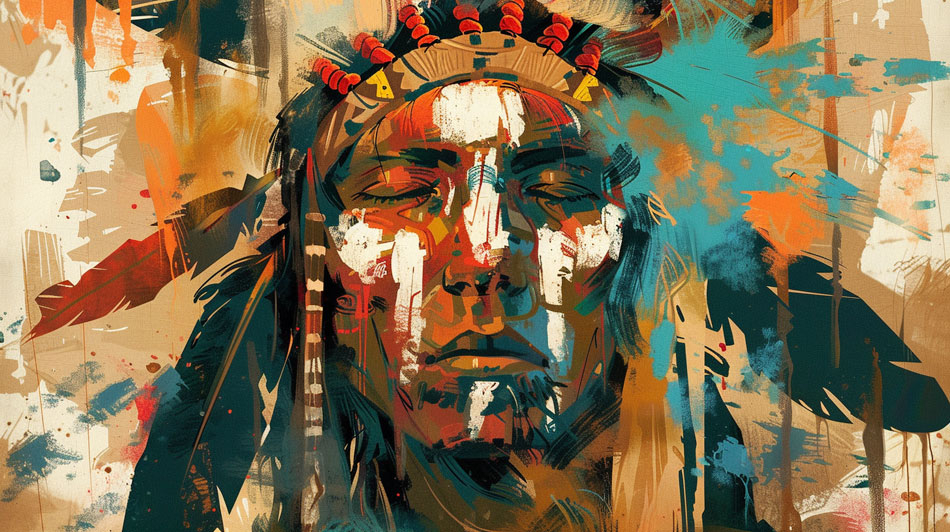 Edited by Michael O. and Joseph A. Fitzgerald
Edited by Michael O. and Joseph A. Fitzgerald
We human beings are not apart from nature. We are in nature. We have always been and always will be part of nature. I’ve heard or read such words time and time again, words spoken by elders – past and present – from virtually all our different American Indian nations.
It’s reflected in the way our indigenous languages work. As Chester Nez, one of the twenty-nine Navajo men who created the unbroken Navajo code used in World War II expressed it in his 2011 autobiography Code Talker, “Our language illustrates [our] relationship to nature.”
In a conversation we had a few years ago, Tom Sakonienkwas Porter, a Mohawk elder, illustrated that relationship by explaining that “In our language we would not say something is blue. We would say it is the color of the sky.”
That connection – which is not merely linguistic but also spiritual – is further exemplified by our interactions with the other living things around us, even when we take their lives to support our own human existence. Among my own Abenaki people, when we catch a fish, the proper thing to say to it is, “May you continue to swim.” When we kill a game animal, we say, “May you continue to run”; when we harvest a plant, “May you continue to grow.”
Our lives are connected to everything around us in the natural world, not above the rest of existence, but woven into it. It is just such a weaving together of our human existence and of all life around us like threads in one blanket. In the words of a Navajo song of the Night Chant:
In beauty I walk
With beauty before me, I walk.
With beauty behind me, I walk.
With beauty below me, I walk.
With beauty above me, I walk.
With beauty all around me, I walk.
It is finished in beauty.
What follows are more inspirational Indian voices:
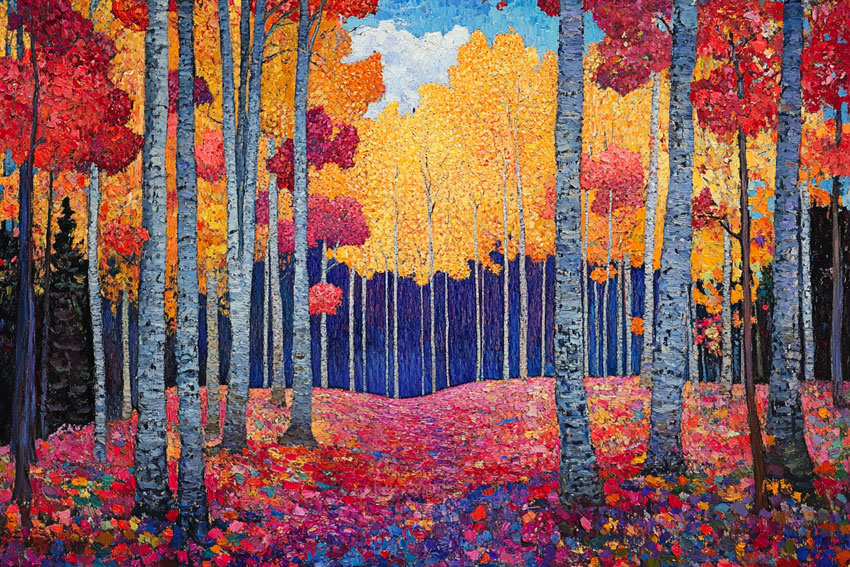 Did you know that trees talk? Well they do. They talk to each other, and they’ll talk to you if you listen. . . . I have learned a lot from trees: sometimes about the weather, sometimes about animals, sometimes about the Great Spirit.
Did you know that trees talk? Well they do. They talk to each other, and they’ll talk to you if you listen. . . . I have learned a lot from trees: sometimes about the weather, sometimes about animals, sometimes about the Great Spirit.
Walking Buffalo (Tatankamani), Stoney
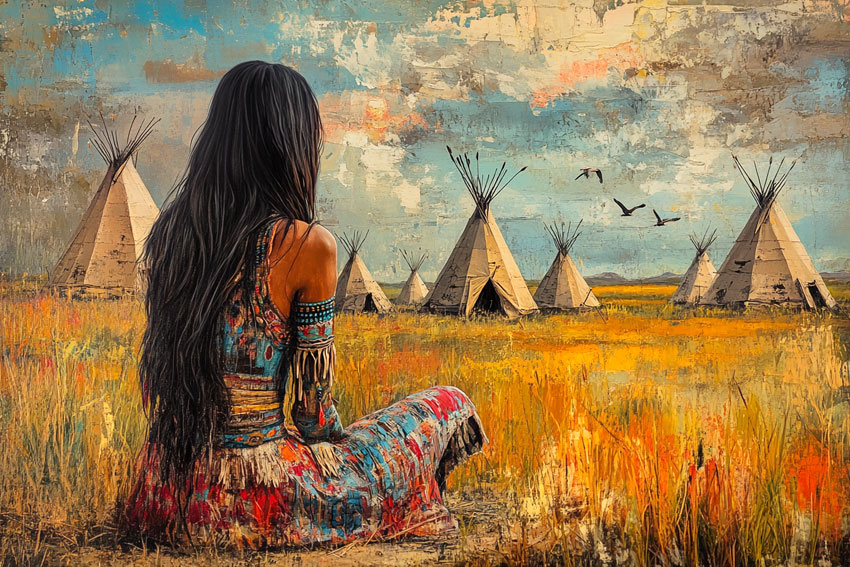 The Lakota was a true naturist – a lover of nature. He loved the earth and all things of the earth, the attachment growing with age. The old people came literally to love the soil and they sat or reclined on the ground with a feeling of being close to a mothering power. It was good for the skin to touch the earth and the old people liked to remove their moccasins and walk with bare feet on the sacred earth. Their tepees were built upon the earth and their altars were made of earth. The birds that flew in the air came to rest upon the earth and it was the final abiding place of all things that lived and grew. The soil was soothing, strengthening, cleansing, and healing.
The Lakota was a true naturist – a lover of nature. He loved the earth and all things of the earth, the attachment growing with age. The old people came literally to love the soil and they sat or reclined on the ground with a feeling of being close to a mothering power. It was good for the skin to touch the earth and the old people liked to remove their moccasins and walk with bare feet on the sacred earth. Their tepees were built upon the earth and their altars were made of earth. The birds that flew in the air came to rest upon the earth and it was the final abiding place of all things that lived and grew. The soil was soothing, strengthening, cleansing, and healing.
That is why the old Indian still sits upon the earth instead of propping himself up and away from its life-giving forces. For him, to sit or lie upon the ground is to be able to think more deeply and to feel more keenly; he can see more clearly into the mysteries of life and come closer in kinship to other lives about him.
Luther Standing Bear, Sioux
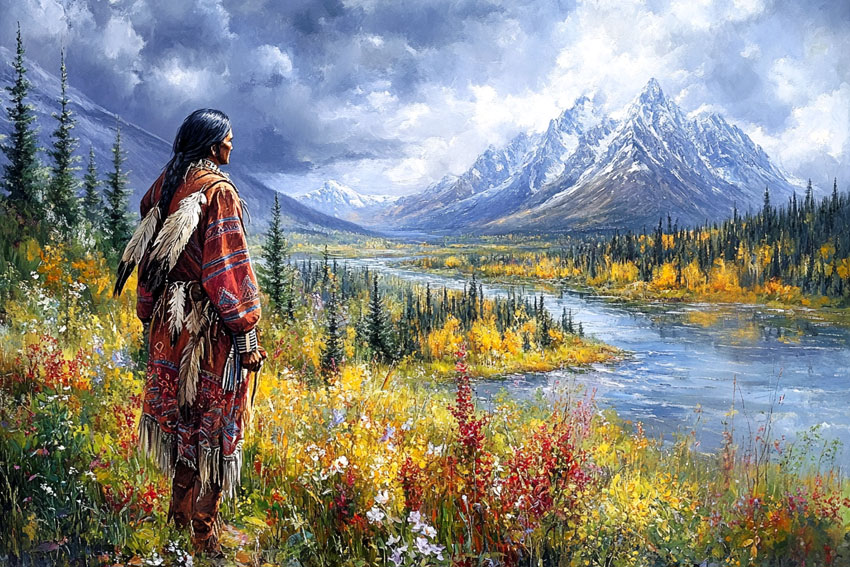 I want to live humbly, as close to the earth as I can. Close to the plants, the weeds, the flowers that I use for medicine. . . . The Great Spirit made the flowers, the streams, the pines, the cedars – takes care of them. He lets a breeze go through there, makes them breathe it, waters them, makes them grow. . . . He takes care of me, waters me, feeds me, makes me live with the plants and animals as one of them.
I want to live humbly, as close to the earth as I can. Close to the plants, the weeds, the flowers that I use for medicine. . . . The Great Spirit made the flowers, the streams, the pines, the cedars – takes care of them. He lets a breeze go through there, makes them breathe it, waters them, makes them grow. . . . He takes care of me, waters me, feeds me, makes me live with the plants and animals as one of them.
Pete Catches, Sioux
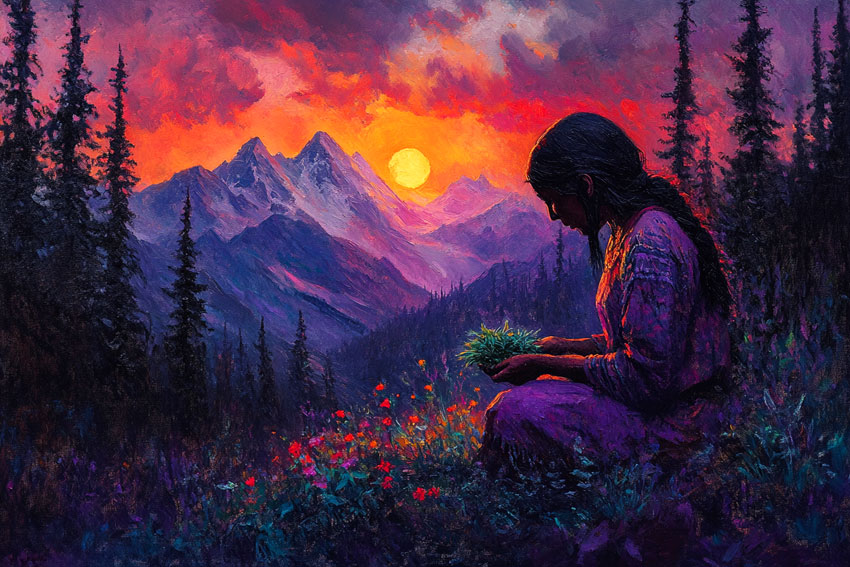 Everything on the earth has a purpose, every disease an herb to cure it, and every person a mission. This is the Indian theory of existence.
Everything on the earth has a purpose, every disease an herb to cure it, and every person a mission. This is the Indian theory of existence.
Mourning Dove (Christine Quintasket) Okanogan
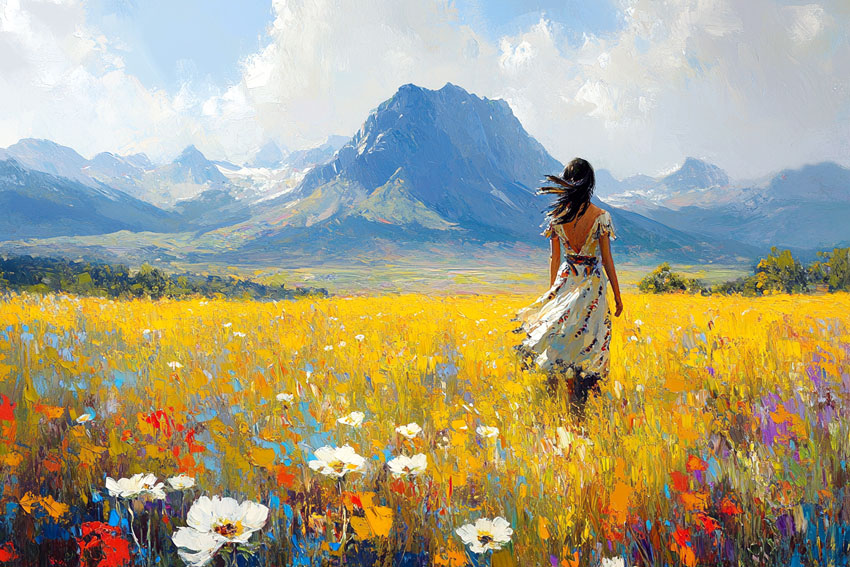 The Earth is your grandmother and mother, and she is sacred. Every step that is taken upon her should be as a prayer.
The Earth is your grandmother and mother, and she is sacred. Every step that is taken upon her should be as a prayer.
Black Elk (Hehaka-sapa), Sioux
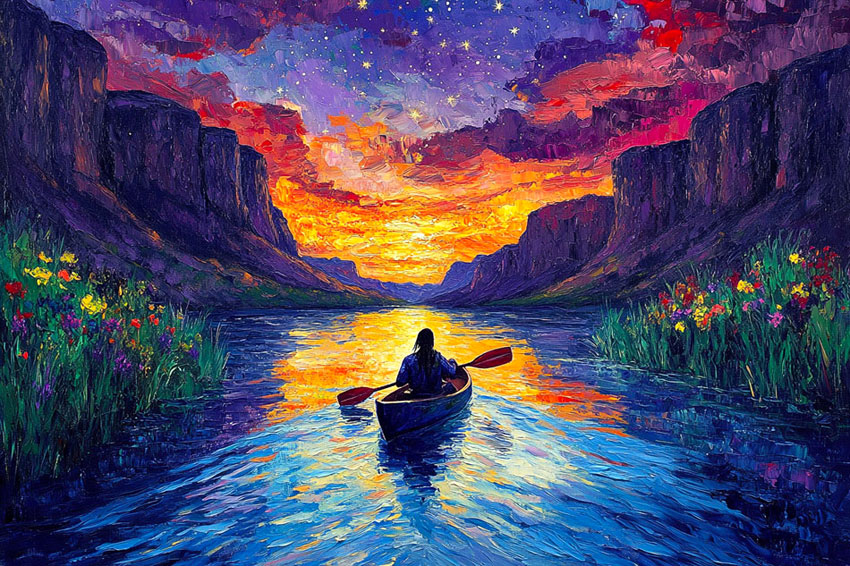 There were no temples or shrines among us save those of nature. Being a natural man, the Indian was intensely poetical. He would deem it sacrilege to build a house for Him who may be met face to face in the mysterious, shadowy aisles of the primeval forest, or on the sunlit bosom of virgin prairies, upon dizzy spires and pinnacles of naked rock, and yonder in the jeweled vault of the night sky! He who enrobes Himself in filmy veils of cloud, there on the rim of the visible world where our Great Grandfather Sun kindles his evening campfire, He who rides upon the rigorous wind of the north, or breathes forth His spirit upon aromatic southern airs, whose war-canoe is launched upon majestic rivers and inland seas – He needs no lesser cathedral!
There were no temples or shrines among us save those of nature. Being a natural man, the Indian was intensely poetical. He would deem it sacrilege to build a house for Him who may be met face to face in the mysterious, shadowy aisles of the primeval forest, or on the sunlit bosom of virgin prairies, upon dizzy spires and pinnacles of naked rock, and yonder in the jeweled vault of the night sky! He who enrobes Himself in filmy veils of cloud, there on the rim of the visible world where our Great Grandfather Sun kindles his evening campfire, He who rides upon the rigorous wind of the north, or breathes forth His spirit upon aromatic southern airs, whose war-canoe is launched upon majestic rivers and inland seas – He needs no lesser cathedral!
Ohiyesa (Charles Eastman), Sioux
 It is above that you and I shall go;
It is above that you and I shall go;
Along the Milky Way you and I shall go;
It is above that you and I shall go;
Along the Milky Way you and I shall go.
It is above you and I shall go;
Along the flower trail you and I shall go.
Picking flowers on our way you and I shall go.
Song of the Dream Dance Ceremony, Wintu
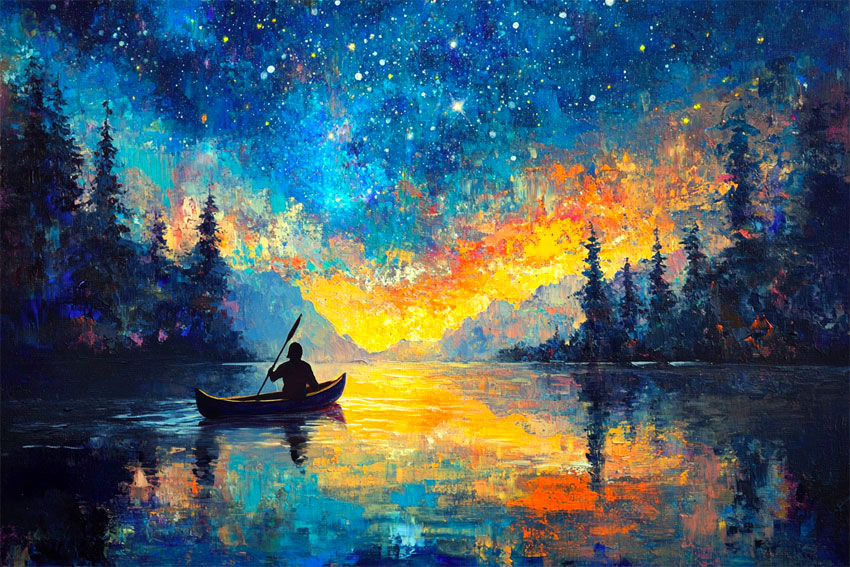 Look as they rise, rise up
Look as they rise, rise up
Over the line where sky meets the earth;
Pleiades! Lo! They ascending, come to guide us,
Leading us safely, keeping us one;
Pleiades, Teach us to be, like you, united.
Song of the Calumet Ceremony, Pawnee
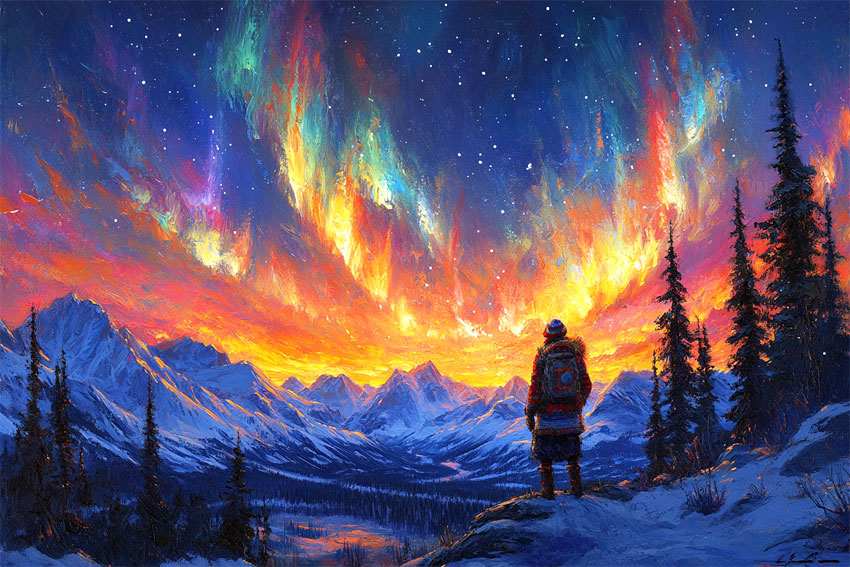 There were still nights when the Northern Lights swung low across the heavens, and on either side the stars blazed brilliantly in the dark blue sky. . . . On blowy nights the Lights would curl and twist and leap with the wind, and immense ribbons of gold and red would roll and float across the sky. The deeper the winter, the frostier the night, the more brightly glowed the pulsing streamers. . . . To the Eskimos, the Northern Lights proved the existence of a Supreme Power, for they said simply, no man could make the Good Shadows.
There were still nights when the Northern Lights swung low across the heavens, and on either side the stars blazed brilliantly in the dark blue sky. . . . On blowy nights the Lights would curl and twist and leap with the wind, and immense ribbons of gold and red would roll and float across the sky. The deeper the winter, the frostier the night, the more brightly glowed the pulsing streamers. . . . To the Eskimos, the Northern Lights proved the existence of a Supreme Power, for they said simply, no man could make the Good Shadows.
Anauta, Inuit (Eskimo)
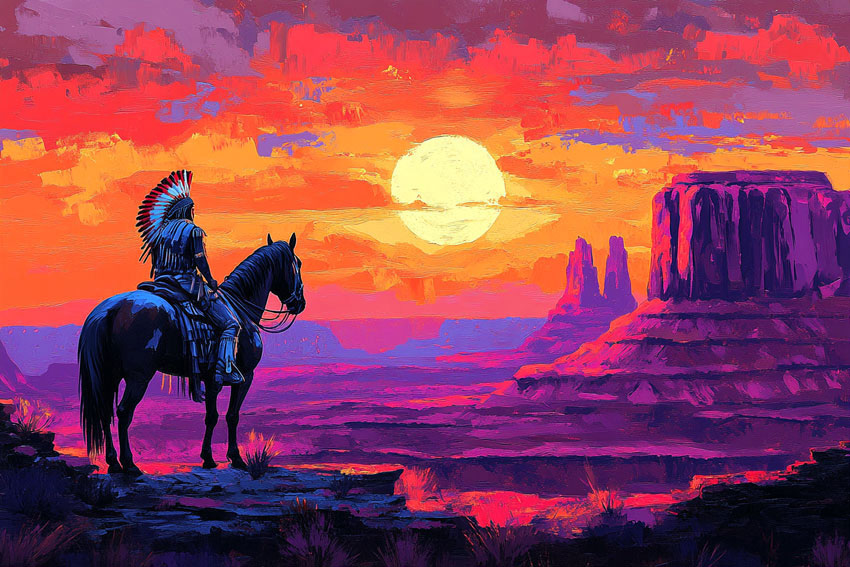 I spent my life respecting the earth, protecting it, and at times living off the land. My most introspective moments, indeed my most vulnerable moments, have been when I was alone with my thoughts in the woods – sometimes cold and hungry – but the earth and the sun made sure I was never alone, that I was fed, watered, and warmed, and nature always kept me strong. As a twenty-first century Native American, I am as respectful of Mother Earth as those from our past whose very existence depended daily on everything the earth provided. . . . and am reminded as we look to Standing Rock that even in the present, as we tend to forget that dependence, it still exists.
I spent my life respecting the earth, protecting it, and at times living off the land. My most introspective moments, indeed my most vulnerable moments, have been when I was alone with my thoughts in the woods – sometimes cold and hungry – but the earth and the sun made sure I was never alone, that I was fed, watered, and warmed, and nature always kept me strong. As a twenty-first century Native American, I am as respectful of Mother Earth as those from our past whose very existence depended daily on everything the earth provided. . . . and am reminded as we look to Standing Rock that even in the present, as we tend to forget that dependence, it still exists.
Red Eagle (Kevin Brown), Mohegan Tribal Chairman
Excerpt from Spirit Of The Earth: Indian Voices On Nature
Posted in Other Topics, Poetry, Spiritualitywith comments disabled.


